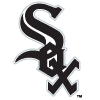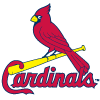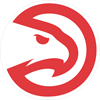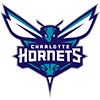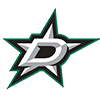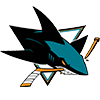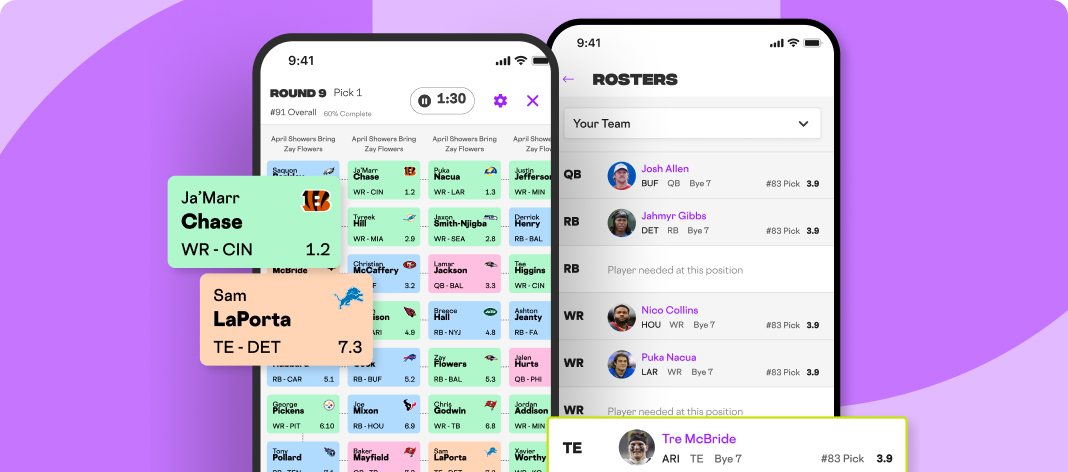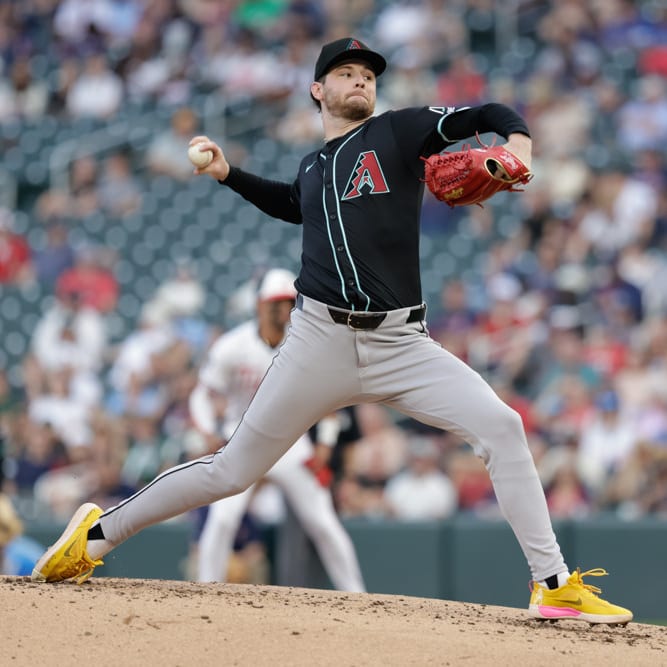It's a commonly held belief among fantasy players that it's much easier to trust a breakout pitcher after just a few weeks than it is to buy into a breakout hitter. That belief was widespread because, until very recently, it was plainly true.
For hitters, we've known for a long time now that stats like batting average are unreliable in small samples, and that you should look at a player's BABIP, his xBA, his strikeout rate or perhaps even his per-swing metrics like whiff rate or chase rate to see if his ability to hit for average has genuinely changed or if he's merely been running hot or cold.
For pitchers, we've had a similar set of underlying metrics, tracking things like whiff rate or ball percentage to give us a better idea of whether a small-sample strikeout or walk rate is legitimate, which in turn informs how much we should believe his early ERA. But we also have another level: we can look at whether he's changed his pitch mix, or if any of his pitches is moving differently or coming in harder.
For years, we didn't have anything that fell on the extreme end of the process vs. results spectrum for hitters like we had for pitchers with that velocity and movement data. But that's no longer the case. With Statcast's bat-tracking data now public, this April offers us a new opportunity: the ability to find out which batters are swinging the bat harder this year and which
It's a commonly held belief among fantasy players that it's much easier to trust a breakout pitcher after just a few weeks than it is to buy into a breakout hitter. That belief was widespread because, until very recently, it was plainly true.
For hitters, we've known for a long time now that stats like batting average are unreliable in small samples, and that you should look at a player's BABIP, his xBA, his strikeout rate or perhaps even his per-swing metrics like whiff rate or chase rate to see if his ability to hit for average has genuinely changed or if he's merely been running hot or cold.
For pitchers, we've had a similar set of underlying metrics, tracking things like whiff rate or ball percentage to give us a better idea of whether a small-sample strikeout or walk rate is legitimate, which in turn informs how much we should believe his early ERA. But we also have another level: we can look at whether he's changed his pitch mix, or if any of his pitches is moving differently or coming in harder.
For years, we didn't have anything that fell on the extreme end of the process vs. results spectrum for hitters like we had for pitchers with that velocity and movement data. But that's no longer the case. With Statcast's bat-tracking data now public, this April offers us a new opportunity: the ability to find out which batters are swinging the bat harder this year and which have lost bat speed.
In this article, we'll take a quick look at the five players who have improved their bat speed the most from last season, as well as the five players who have lost the most bat speed (minimum 75 swings both seasons). Bat speed isn't everything — otherwise Giancarlo Stanton would be the best hitter in the league and Luis Arraez would be the worst — but if a player can add oomph to his swing without sacrificing his ability to make contact, that's a player we want to pay attention to.
Bat Speed Risers
 Nolan Jones, OF, Guardians
Nolan Jones, OF, Guardians
2024: 70.7 mph (28th percentile); 2025: 73.9 mph (80th percentile)
While bat speed improvements can hint at a player unlocking a new talent level, they can also be a signal of good health. That appears to at least partially describe what's going on with Jones, who endured a difficult 2024 in which he struggled to a .641 OPS while battling back and knee issues. In 2023, a year which now has bat tracking data available for the second half of the season, Jones' average bat speed was 72.4 mph, so he's gained back more than he's lost, a sign that there could be more than just good health at play here.
While Jones' replenished bat speed may indicate improved health, however, improved results have yet to follow. He's slashing .146/.286/.220 through 16 games while striking out 32.7 percent of the time. For a player who already hit the ball quite hard but struggled to make contact, maybe swinging even harder wasn't the way to go, though it's too early to say that with confidence.
 Brice Turang, 2B, Brewers
Brice Turang, 2B, Brewers
2024: 66.2 mph (2nd percentile); 2025: 69.2 mph (16th percentile)
This could be the most meaningful change on the list. Turang stole 50 bases last season and was an interesting enough option during draft season thanks to that speed and his everyday playing time, but his weak bat seemingly capped his ceiling. He slashed .218/.285/.300 with six homers as a rookie and then hit .254/.316/.349 with seven homers last year. In both seasons, his hard-hit rate was under 30 percent.
This year, he's already homered three times, is slashing .312/.349/.442 and has a 48.3 percent hard hit rate. While it would be a shock if he kept up this kind of pace, the fact that his hot start is backed by a big bat-speed increase makes it much easier to buy into this as a sign of a 25-year-old continuing to improve as he enters his prime. The only negative here is that even after a big increase in bat speed, Turang still has one of the slower swings in the league, but he sits right next to some middle infielders with proven track records at the plate like Trea Turner (69.5 mph) and Bo Bichette (69.0 mph), which is a meaningful change from where he sat before.
 Ben Rice, 1B, Yankees
Ben Rice, 1B, Yankees
2024: 71.4 mph (42nd percentile); 2025: 74.4 mph (85th percentile)
Rice was in a tricky position after his 50-game debut last year. Long seen as a bat-first catcher who might not be able to stick behind the plate, the fact that he only caught two innings as a rookie all but confirmed that his future would have to come at first base or designated hitter, yet his .171/.264/.349 slash line was miles away from good enough at either spot.
This year, however, his bat looks more than good enough to profile as an everyday player. His added bat speed has taken his hard hit rate from 36.7 percent to a ridiculous 64.4 percent, and he's making more contact as well, cutting his strikeout rate from 27.0 percent to 21.4 percent. The result has been a .317/.414/.650 slash line. It could hardly be a more encouraging start, and the fact that it's backed by one of the biggest bat-speed increases in the league makes it all that much easier to buy into.
 Nolan Schanuel, 1B, Angels
Nolan Schanuel, 1B, Angels
2024: 65.2 mph (2nd percentile); 2025: 68.0 mph (8th percentile)
Schanuel has a very strange offensive profile for a first baseman. He's been an above-average hitter over 194 career MLB games (107 wRC+), but that's due to strong bat-to-ball skills rather than the ability to hit the ball hard. For his career, he's striking out just 16.3 of the time, but he owns a 25.3 percent hard hit rate, lower than Luis Arraez (26.3 percent) or even Kevin Newman (25.7 percent). In other words, he was exactly the sort of player who would benefit most from some added bat speed.
But while Schanuel has in fact improved his bat speed more than nearly everyone else in the league this year, we can't ignore that his new mark remains very low. His hard-hit rate remains bottom-tier as well, and at 24.6 percent, it actually sits at a career worst despite the fact that he already has two home runs. While this may be the change we wanted to see from Schanuel, he still has a long way to go before he hits for any semblance of power.
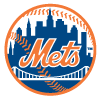 Brett Baty, 2B/3B, Mets
Brett Baty, 2B/3B, Mets
2024: 73.5 mph (76th percentile); 2025: 76.1 mph (95th percentile)
This one is interesting but probably not very actionable. A strong spring earned Baty a job on the large side of a platoon with Luisangel Acuna at second base to start the year. Jeff McNeil's oblique strain was never going to keep him out all that long, though, so Baty needed to show something if he's going to hold onto a roster spot once McNeil returns (which should happen early next week), let alone hold onto regular playing time.
While Baty may have improved his bat speed, that's not leading to the desired results at the plate. He does at least have a career-high 48.1 percent hard hit rate through 14 games, but he's slashing .209/.209/.302 with zero homers and zero steals. He also has zero walks and is striking out 37.2 percent of the time. Unfortunately, Baty's struggles at the plate appear deep enough that no improvement in bat speed is going to fix them, which shouldn't be a surprise given that he already had good bat speed to begin with.
Bat Speed Fallers
 Javier Baez, SS, Tigers
Javier Baez, SS, Tigers
2024: 74.8 mph (87th percentile); 2025: 71.6 mph (44th percentile)
Baez's OPS has been on a four-year decline, going from .813 in 2021 to .671, then .593, then finally .516 last year. That left the 32-year-old completely off the fantasy radar this winter following a pair of seasons in which he didn't look capable of hitting major-league pitching. So far, his .289/.333/.356 slash line represents a very pleasant surprise, but he's yet to homer or steal a base, so his fantasy appeal remains minimal.
The fact that Baez lost bat speed is almost certainly a bad thing and a sign of a drop in athleticism, but there's at least an outside chance that it's an intentional move to try to make more contact. Baez is in fact striking out at a career-low 20.8 percent rate, but he also has just a 28.6 hard hit rate, so it's unlikely he'll find much long-term success with his new, slower swing.
 Jasson Dominguez, OF, Yankees
Jasson Dominguez, OF, Yankees
2024: 75.4 mph (94th percentile); 2025: 72.7 mph (65th percentile)
While you likely crossed Baez off your board years ago, Dominguez is a very different story, so his inclusion as the second-biggest faller in bat speed is much more discouraging. The loss of bat speed doesn't appear to be hampering him at the plate, however, as he's slashing .241/.333/.379 through 17 games, much better than the .179/.313/.304 he hit last season. It's taken a .351 BABIP to get him there, though, and he's striking out 30.3 percent of the time.
Dominguez does still have above-average bat speed, and his 44.7 percent hard hit rate is solidly above average as well. It's probably unwise to get overly concerned about his slower swing to start the year, but if his bat speed remains reduced while his strikeout rate continues to hover around 30 percent, he's unlikely to have the breakout season his drafters expected this season.
 LaMonte Wade Jr., 1B, Giants
LaMonte Wade Jr., 1B, Giants
2024: 72.4 mph (58th percentile); 2025: 69.7 mph (19th percentile)
Wade's fantasy value has been limited by his home park and his role as a platoon player, but he's been an effective hitter the last two years, finishing with a wRC+ of 120 in 2023 and 119 last season. That's made him a viable deep-league option in the past, but that hasn't been the case so far this season. In 16 games, he's slashing .102/.224/.265 with one home run.
The bad news for Wade extends beyond his surface stats. His 33.9 percent strikeout rate is over 10 points worse than his previous career high, while his 6.5 percent barrel rate would be his lowest mark since he became a regular. Without the bat-tracking data, it would be easier to write that off as a cold first three weeks, but with the big loss of bat speed, it looks more like Wade has lost a bit of athleticism in his age-31 season.
 Juan Soto, OF, Mets
Juan Soto, OF, Mets
2024: 75.4 mph (94th percentile); 2025: 72.8 mph (66th percentile)
If you wanted a reason to be out on Soto before the season, you could have pointed to the fact that he was in the first year of a massive contract with a new organization, a situation that's often led to disappointing seasons from stars in the past. If you wanted a reason to be out on him now, here's another one. Soto is still making tons of contact (15.7 percent strikeout rate), but his OPS is down to a career-low .773 and his barrel rate is down to a career-low 7.3 percent, which could certainly have something to do with his reduced bat speed.
This isn't Soto's first slow start to a season, however. For his career, he owns an .859 OPS in March/April and an OPS of .930 or better in every subsequent month. You might remember just two years ago, when he owned a .202 batting average at the end of April. So is this just a continuation of the same pattern, making Soto a prime buy-low candidate rather than someone to worry about? Maybe, but for what it's worth, he didn't have reduced bat speed last April (the only other April we have data for), averaging 75.7 mph. That means he's struggling in a potentially new way, which makes his slow start this year just a bit more worrisome than it would be otherwise.
 Mike Trout, OF, Angels
Mike Trout, OF, Angels
2024: 75.7 mph (95th percentile); 2025: 73.0 mph (69th percentile)
The theory behind drafting Mike Trout this offseason — or at least I assume it was the theory, since I didn't wind up drafting him anywhere — was that even though his durability is as poor as it gets, he could at least offer five-category, star-level production before the injury bug hit. Through 18 games, however, he's slashing just .179/.278/.463, though he does at least have six homers and two steals.
The fact that Trout is still willing to run as a 33-year-old coming off surgery to repair a torn meniscus is certainly encouraging, but the big loss in bat speed most definitely is not. He still has more than enough bat speed left to hit the ball hard, but it's fair to wonder if being forced to start his swing a fraction of a second earlier will lead to contact issues and a persistently low batting average. He actually had a nearly identical bat speed in 2023 (72.9 mph), and that year, he struck out a career-worst 28.7 percent of the time — though to be fair, he still hit .263 and cleared the fence 18 times in 82 games. Even a diminished Mike Trout is still a very capable hitter, but he might not be the guy you thought you drafted.














